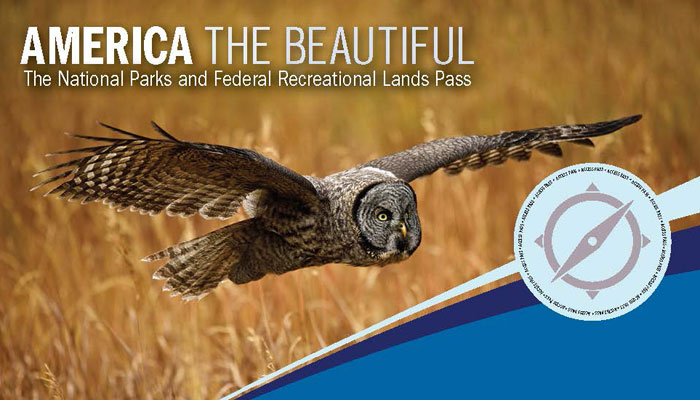
If the person you care for has trouble getting around, you can still go on a family vacation. Many of our national parks have special accessibility programs. Our parks are our treasures, and park staff are working to ensure that all Americans have access.
To find a park with accessibility services, go to the National Park Service website. Select a park of interest. Under the “Plan Your Visit” menu, go to the page for Accessibility.
Here are some of the features you might find:
- Accessible trails. These trails have a firm and stable surface. In fact, some are wood boardwalks. All are wide enough to accommodate a wheelchair. Not all of them are flat. Look for information about slope to make decisions about difficulty.
- Accessible camping. A number of national parks offer accessible campsites. These campgrounds may have surfaces that are more groomed and stable. And they also have restrooms with wheelchair access.
- Accessible opportunities. Some parks offer touchable exhibits for the visually impaired. Others have hearing systems that help amplify the sound of the ranger’s voice on a tour. Some parks have cabins that are built to accommodate wheelchairs.
America the Beautiful Passes
With an Access Pass, the National Parks Service waives entrance fees for persons with permanent disabilities. The pass covers more than 2000 national parks and national wildlife refuges. To get the pass, applicants must mail in documents to prove their disability. They also need to prove citizenship or residency. A limited number of parks can issue the pass on site.
An Access Pass covers the admission price for a single, noncommercial vehicle. Or, admission for the disabled individual and up to three others for parks that charge a per-person fee. Plus, the pass may provide discounts beyond the entrance fee. For instance, there may be discounts on extra amenities, such as camping, swimming, and boat fees.

